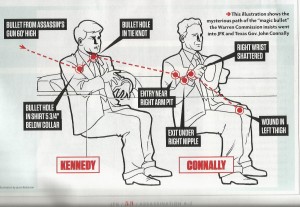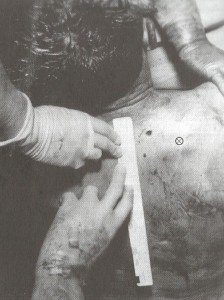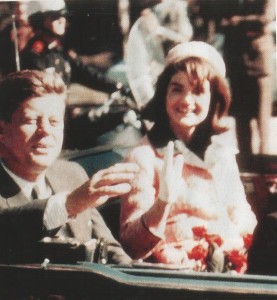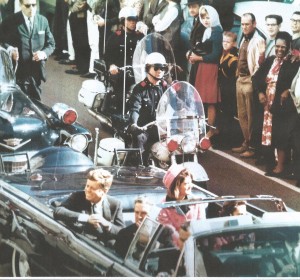The FBI Report & the Warren Commission
The Warren Commission wanted to support the FBI Report that concluded that there was only one assassin who fired all the shots at President Kennedy on November 22, 1963.
Problem #1
Because of the Zapruder film, it was apparent that 1.8 seconds after President Kennedy was hit, a shot hit Governor Connally. The FBI Report assumed that the lone assassin hit the governor with his second shot. However, expert re-in-actors were not able to fire the weapon used by the accused assassin withing the 1.8 seconds demanded by the film.
How could the members of the Warren Commission explain this without looking for a second assassin and thus repudiating the basis of the FBI Report?
Solution of the Warren Commission
In order to remain consistent with the FBI Report, the members of the Warren Commission declared that the bullet that hit President Kennedy in the back exited his throat and hit Governor in his back first, then his wrist and finally entered his leg.

Problem
The doctors who performed the autopsy at Bethesda Hospital in Washington D>C> discovered:
- The only wound the president suffered in the back was five and one half inches below the neck and two inches to the right of the spine.
- The bullet penetrated his back at a downward angle of 60 degrees
- The bullet did not exit the body.

Solution
The members of the Warren Commission simply said the bullet could ‘possibly’ have wounded both the president and the governor. Congressman Ford (A Warren Commission member) went a bit further. For the printed report, he moved the entry wound on the president’s back up several inches.



